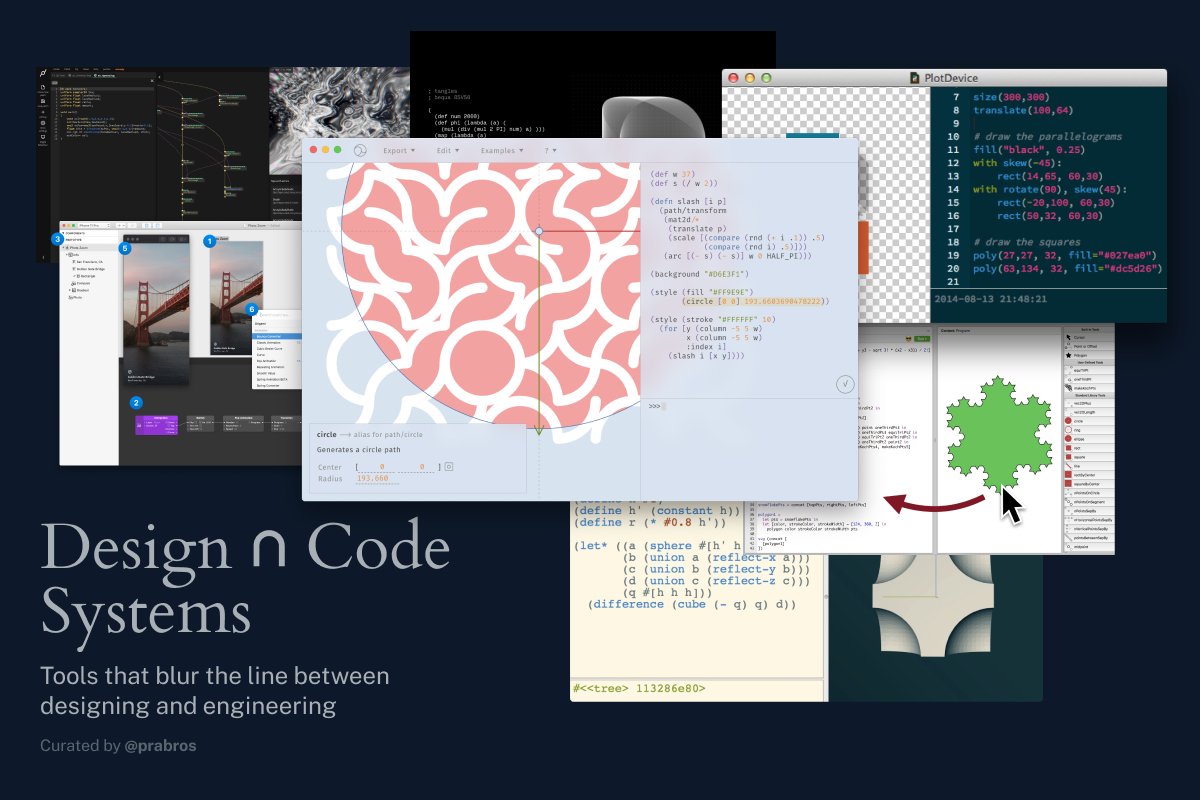
Starting it off with Zā’irjahs: an Arab divination system popular in the medieval period. This is a good paper documenting them: alpha60.de/research/scram… 





Zā’irjahs are said to influence the work of the medieval monk Llull in creating his Ars Magna which has the idea of truth tables implicit in their combinatorics. He also did some pioneering work in visualizing conceptual trees.
A related thread here:
A related thread here:
https://twitter.com/prathyvsh/status/1190973272139026432

Llull’s work would influence a key figure in the history of science: Gottfried Leibniz. In his dissertation on combinatorics, De Arte Combinatoria, influenced by Descartes’ idea and Llull’s rotating wheels, he proposes an alphabet of human thought: en.wikipedia.org/wiki/De_Arte_C… 

Leibniz devised the dx [1] and ∫ [2] notation popularly used in calculus today in his private manuscripts. The first published papers with these notations were in Acta Eruditorum in 1684 and 1686 respectively.
Source:
[1] maa.org/press/periodic…
[2] maa.org/press/periodic…
Source:
[1] maa.org/press/periodic…
[2] maa.org/press/periodic…

What is perhaps less known is that Leibniz worked on binary arithmetic. To make computation tractable in his work on combinatorics, he turned to I Ching for inspiration. He used 0s and 1s to denote what stood for chaos and order in I Ching.
Source: gallica.bnf.fr/ark:/12148/bpt…

Source: gallica.bnf.fr/ark:/12148/bpt…


There is a correction to be made in the previous tweet. Leibniz arrived at binary system independently and mapped his numerical system of unity and nothingness to the broken and unbroken lines of I Ching after Jesuit missionary Bouvet would send him a copy of the I Ching. 

Found out the purportedly first ever usage of integral sign in Leibniz’s manuscripts!
It is available as LH 35, 8, 8 in the digital archive of his nachlaß here: digitale-sammlungen.gwlb.de
It is available as LH 35, 8, 8 in the digital archive of his nachlaß here: digitale-sammlungen.gwlb.de

TIL about rebuses: en.wikipedia.org/wiki/Rebus which can be thought of as a precursor to emojis from the middle ages. 

Together with developing a universal logic language, Leibniz was also keenly interested in engineering a “calculus ratiocinator”. Here are the sketches he made for an arithmetic reckoner in 1685. From his manuscript LH XLII, 5: digitale-sammlungen.gwlb.de/resolve?id=000… 







Leibniz valued his binary arithmetic with 0s and 1s highly. Along with aiding in his calculus ratiocinator project, it had biblical undertones of “creation of everything from nothing by the One” for him. He proposed to reify it on a medallion to Duke Rudolph August in 1697: 

Florian Cajori’s paper Leibniz, the Master-Builder of Mathematical Notations is a good short read to understand the attention paid by Leibniz to notation. It meticulously details in 10+ pages the broad range of notations devised by Leibniz! journals.uchicago.edu/doi/pdfplus/10… 



Pretty neat page on Wikipedia here that shows mathematical symbols alongside their inventor and introduction date: en.wikipedia.org/wiki/Table_of_… 

“Periods in the Use of Euler-Type Diagrams” by Jens Lemanski is a nice paper to read to get a broad perspective on the evolution of Euler/Venn style logic diagrams between 16th and 19th century: researchgate.net/publication/31… 



What was curious in this paper was the diagrams employed by Kant in his logical work. They look quite intriguing!
Lemanski follows this paper up with a detailed look on the Weigel/Weise circles that carried forth the development of these diagrams: researchgate.net/publication/31…
Lemanski follows this paper up with a detailed look on the Weigel/Weise circles that carried forth the development of these diagrams: researchgate.net/publication/31…

Another notable idea in Lemanski’s work is this Hasse diagram-style: en.wikipedia.org/wiki/Hasse_dia… visualization of influences. It feels like a good way to visualize who influenced who when chronicling intellectual lineages. 

Wilhelm Risse in his book Die Logik der Neuzeit cites that Llull’s work as inspired from a Jewish mystic Abraham Abulafia: en.wikipedia.org/wiki/Abraham_A…
This might be a good read in this direction: jstor.org/stable/751269

This might be a good read in this direction: jstor.org/stable/751269


• • •
Missing some Tweet in this thread? You can try to
force a refresh

















